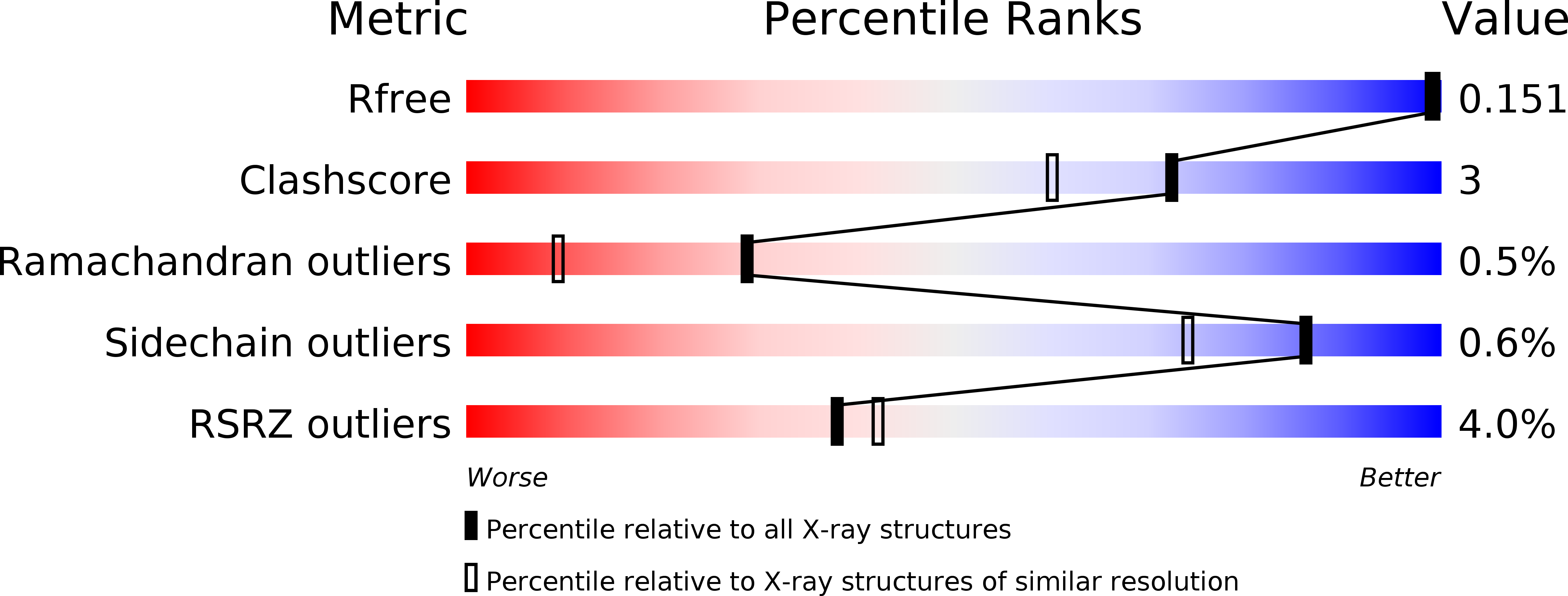
Deposition Date
2014-09-27
Release Date
2016-04-06
Last Version Date
2024-02-28
Method Details:
Experimental Method:
Resolution:
1.50 Å
R-Value Free:
0.15
R-Value Work:
0.11
R-Value Observed:
0.11
Space Group:
P 1


